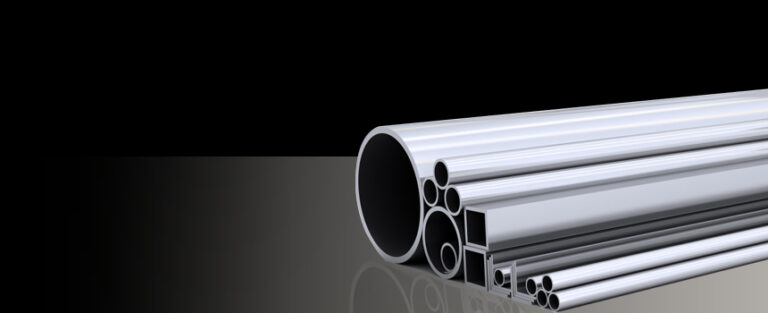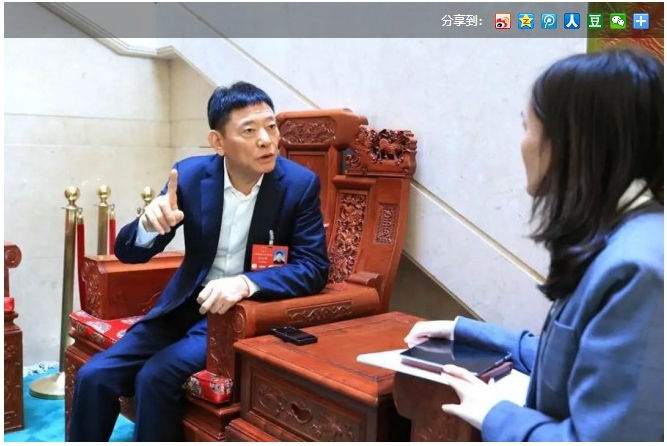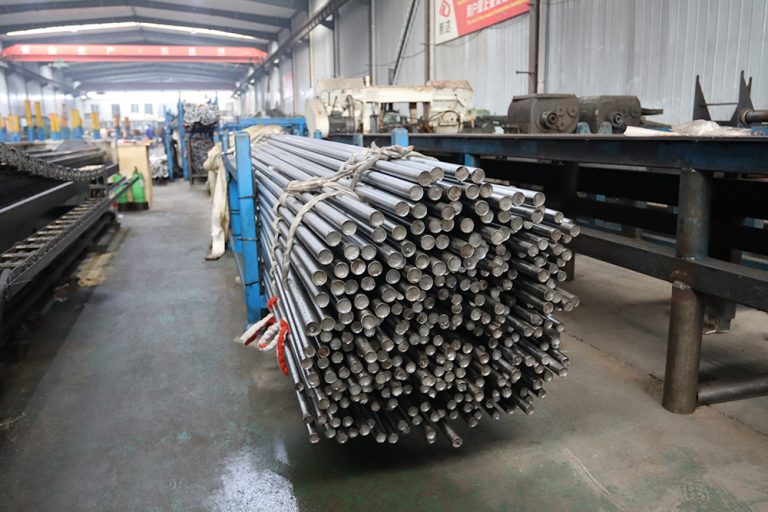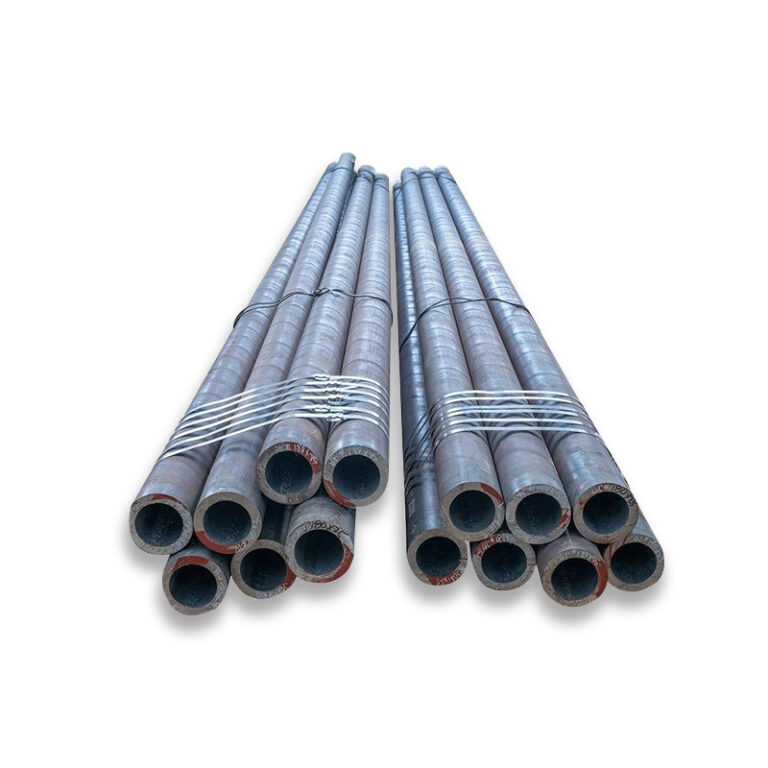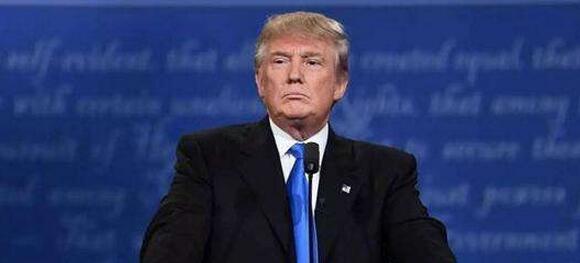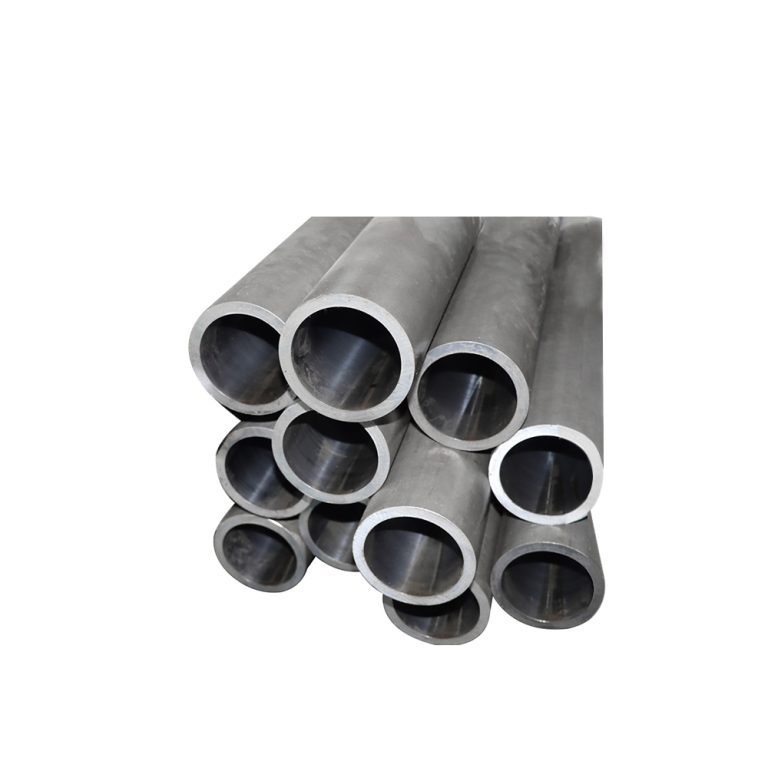Seamless Steel Pipe Supplier from China

Under the “three lows” trend, holding on and waiting for the “spring” to return——Wu Wenzhang talks about the trend and opportunities of China’s steel market.
Since the beginning of this year, China’s steel market has faced a complex and changing situation, with both opportunities and challenges coexisting. Against the backdrop of China’s stable and positive economic development, what will be the trend of the steel market this year? How will the national policy of “continuously implementing crude steel production regulation and control” be implemented? How to respond to the United States frequently wielding the “tariff stick”? With the continuous intensification of the “two new and two important” policies, how will the demand side gain momentum? How should steel enterprises and steel traders stabilize their basic operations?
On April 25, during the keynote conference of the 21st Steel Industry Development Strategy Conference, Wu Wenzhang, Founder and Chairman of SteelHome Website, accepted an exclusive interview with a reporter from China Metallurgical News, sharing his thoughts and insights on these issues.
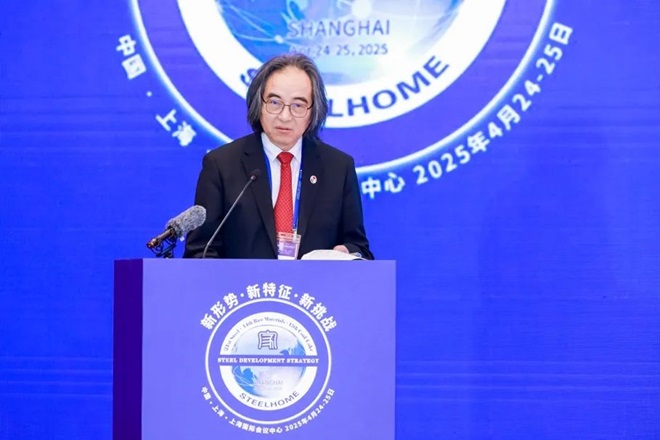
Reporter from *China Metallurgical News: How do you view the operational trend of China’s steel market since the beginning of this year? What is your outlook for the steel market’s trajectory within this year?
Wu Wenzhang: In the first quarter of this year, China’s overall economic performance remained stable and positive, with major indicators such as investment, import-export, and consumption showing favorable results.
From an industrial perspective, China’s steel industry has maintained stable operations as a whole. Generally speaking, this year’s steel market in China will exhibit a “three lows” trend. The first is low demand, including both domestic and foreign demand. The second is low prices, covering both raw materials and finished products. Currently, China’s steel market is in a global price depression. The third is low efficiency. Under the influence of the “three lows” trend, China’s steel market will generally present a weak balance pattern this year, and the profitability of steel enterprises will fluctuate around the break-even point.
Reporter from *China Metallurgical News: In March of this year, relevant national ministries and commissions clearly stated that this year will see the “continuous implementation of crude steel production regulation and control.” The latest data shows that China’s crude steel output in the first quarter increased by 0.6% year-on-year. How do you view this issue? What do you think the steel industry should do to control production this year?
Wu Wenzhang: I have always believed that production control in the steel industry should be achieved through a “three-pronged approach”: first, relying on market forces to drive down production through market pressure; second, using administrative measures, such as whether ultra-low emissions standards are met; and third, employing legal手段 (legal measures), such as environmental law enforcement.
In particular, for steel enterprises, on the one hand, they should take the initiative to control production. While adjusting their product mix, they should adhere to a benefit-centered approach rather than a scale-centered one; they should follow the operational principle of “three determinations and three noes” (producing according to sales, not turning products into inventory; producing according to efficiency, not generating operational losses; selling according to cash flow, not turning cash into accounts receivable). On the other hand, they should grasp market rhythms, such as taking the initiative to reduce production when steel prices decline periodically and gradually resuming production when the market begins to recover.
Reporter from *China Metallurgical News: Recently, the U.S. frequent use of “tariff sticks” has seriously affected the stable operation of international bulk markets, and domestic steel market expectations have also been disrupted. How do you view this issue? What changes do you expect in China’s steel export landscape this year?
Wu Wenzhang: The tariff disputes initiated by the U.S. have undoubtedly had a negative impact on the global economic and trade order, also driving a overall decline in global demand. The U.S. has a clear target in this action—China—because China produces over 50% of the world’s steel. Currently, the U.S. has suspended tariff increases on some countries for 90 days. I believe that after the exemption period ends, U.S. tariffs will generally decline. From the perspective of economic mutual benefit between China and the U.S., the excessively high tariffs imposed by the U.S. on China are also unsustainable.
In reality, the U.S. high-tariff policy has had little direct impact on China’s steel exports. Why does China’s export of just over 100 million tons of steel easily trigger anti-dumping and counter-subsidy measures from other countries? I believe one of the main reasons is that steel is the “food of industry,” and any country wants to firmly hold the “food” in its own hands.
Overall, the impact of U.S. tariffs on China should be viewed from three dimensions: short-term, medium-term, and long-term. In the short term, this U.S. action will lead to a contraction in China’s steel exports. In the medium term, China has the world’s most complete industrial system, and the global supply chain cannot do without China. In the long term, if the U.S. high-tariff policy continues, it may lead to a reconstruction of the global industrial landscape. For China’s steel industry, it is necessary to adhere to the principle of “encouraging high-end, restricting low-end, and cracking down on illegal activities” to ensure compliant exports.
Reporter from *China Metallurgical News: Currently, the state has introduced a series of consumption-promoting policies and measures, accelerating the continuous intensification of the “two new and two important” policies. However, many market participants believe that demand this year is exceptionally “cold.” What is your experience? How do you think the demand side will gain momentum this year?
Wu Wenzhang: Since 2024, steel demand in China has generally remained relatively stable. However, in recent years, the impact on steel demand has not only come from real estate.
At the beginning of 2024, the General Office of the State Council issued the *Measures for Classified Strengthening of Government Investment Project Management in Key Provinces (Trial)*, which comprehensively suspended infrastructure projects in 12 provinces with high debt risks. With the suspension of some local “iron, public works, and infrastructure” projects, steel demand in the infrastructure sector has weakened.
The “two new and two important” initiatives have not had a strong pulling effect on the steel market. New energy sectors such as photovoltaics and wind power have a more noticeable pulling effect on steel demand, but in terms of total demand, their role is relatively limited.
Reporter from *China Metallurgical News*: Based on the current situation of China’s steel industry, what suggestions do you have for steel enterprises and steel traders?
Wu Wenzhang: It can be said that in the current industry situation, the most certain factor is uncertainty. Therefore, both steel enterprises and steel traders can only firmly hold their basic positions and do what they can.
For steel enterprises, to achieve stable operations, they must avoid impulsive or blind investments; produce when profitable and reduce production when not profitable; and prevent the enterprise from “losing blood” or losing blood on a large scale. For steel traders, they should also hold their basic positions: do business when there is business, and at least stabilize their teams when there is no business. Even if there are losses, they should remain within bearable limits.
There is a saying, “The duck knows first when the spring river warms up.” Why does the duck know first? Because during the cold winter, the duck has already been swimming in the water. From this metaphor, the market’s “cold winter” is only temporary. Just as winter will eventually pass, spring will surely come. In difficult times, every attempt and every new measure is accumulating strength for the future. Only by persisting in moving forward in the face of adversity and continuously adapting to the changing market environment can steel enterprises and steel traders quickly seize opportunities and achieve upward growth against the trend when the market recovers.


